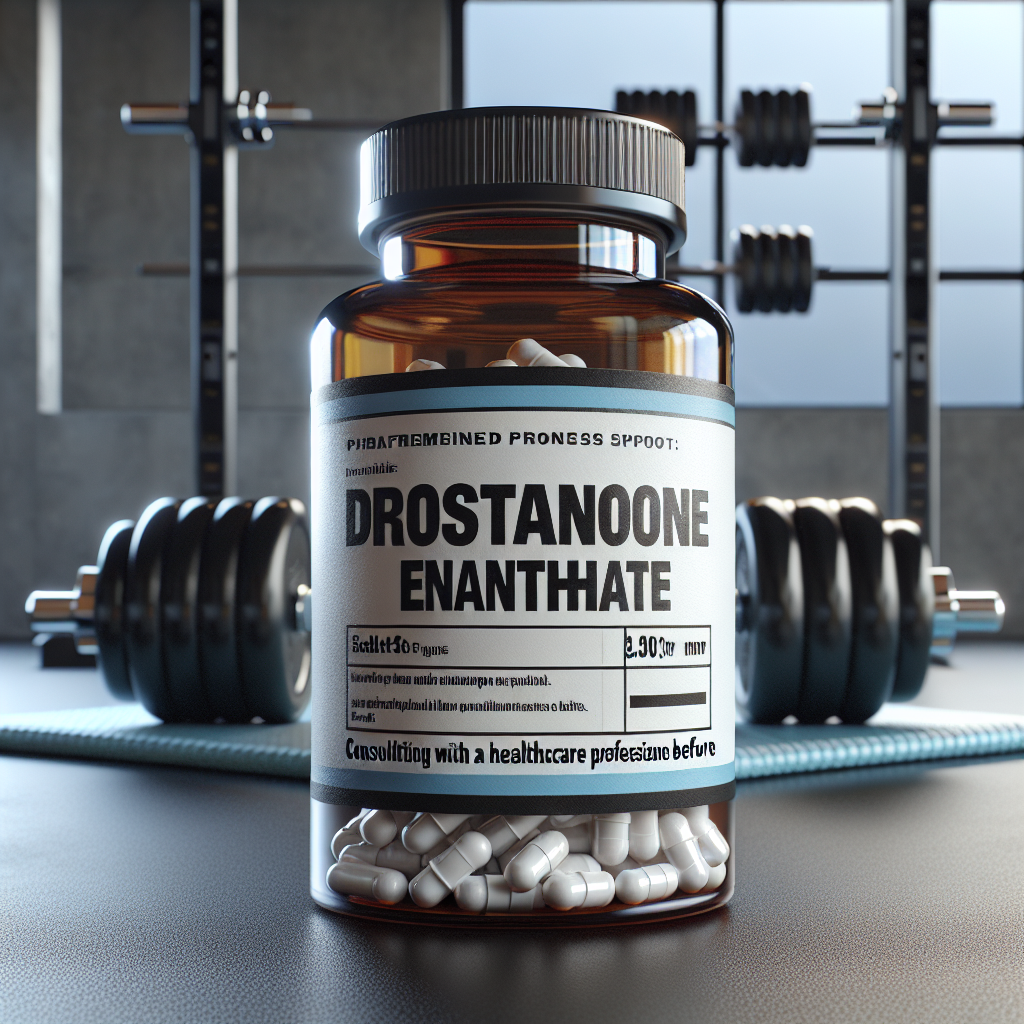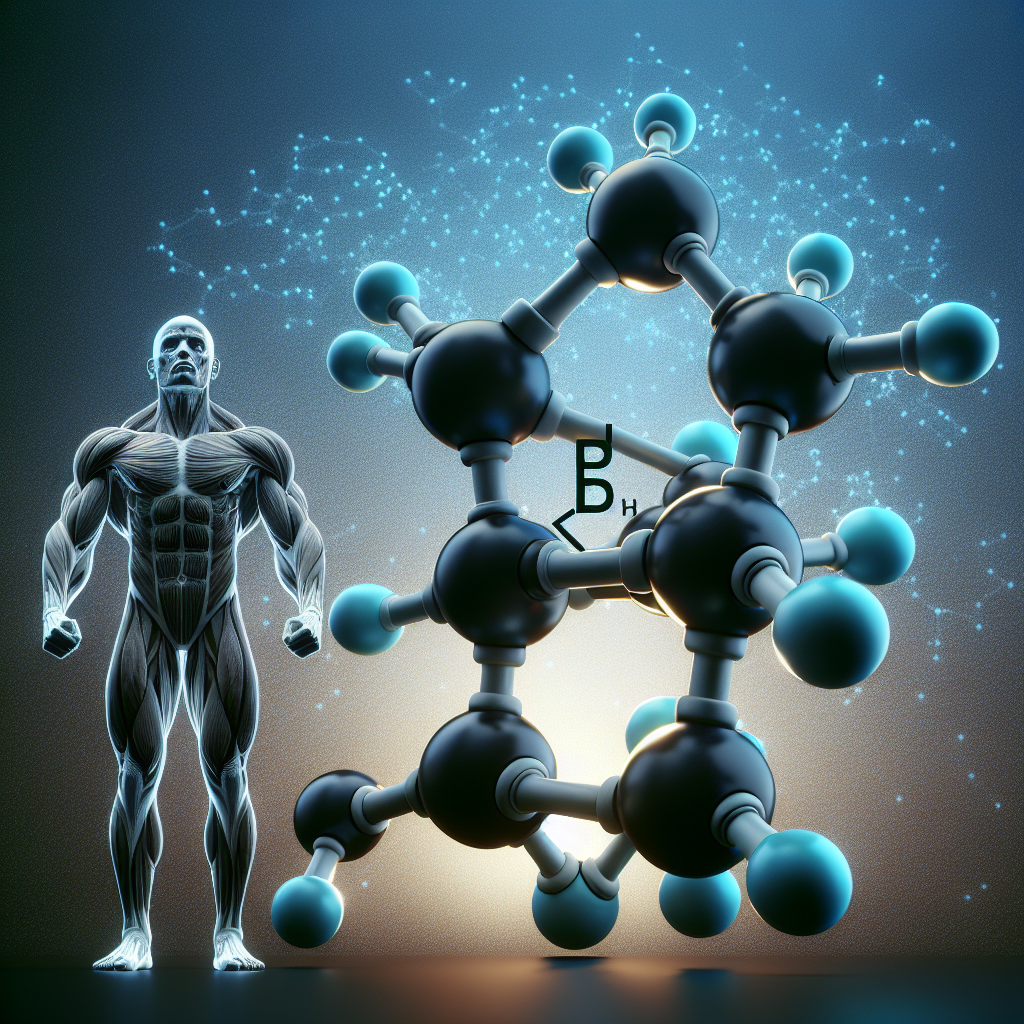-
Table of Contents
- The Potential of Dihydroboldenone Cipionate for Athletic Performance Enhancement
- The Science Behind Dihydroboldenone Cipionate
- The Potential for Athletic Performance Enhancement
- Increase in Muscle Mass and Strength
- Improved Endurance and Recovery
- Enhanced Fat Loss
- Real-World Examples
- Expert Opinion
- References
The Potential of Dihydroboldenone Cipionate for Athletic Performance Enhancement
In the world of sports, athletes are constantly seeking ways to improve their performance and gain a competitive edge. This drive has led to the use of various substances, including anabolic steroids, to enhance physical abilities. One such substance that has gained attention in recent years is dihydroboldenone cipionate (DHB), a synthetic androgenic-anabolic steroid. While its use in sports is still controversial, scientific research has shown promising potential for DHB in athletic performance enhancement.
The Science Behind Dihydroboldenone Cipionate
DHB, also known as 1-testosterone cypionate, is a modified form of the hormone testosterone. It was first synthesized in the 1960s and has been used in the medical field to treat conditions such as muscle wasting and osteoporosis. However, its use in sports is relatively new and has not been approved by any regulatory body.
Like other anabolic steroids, DHB works by binding to androgen receptors in the body, which then stimulates protein synthesis and muscle growth. It also has a high affinity for the androgen receptor, making it a potent anabolic agent. However, what sets DHB apart from other steroids is its low androgenic activity, meaning it has a lower potential for side effects such as hair loss and acne.
Pharmacokinetic studies have shown that DHB has a longer half-life compared to other steroids, with an estimated half-life of 8-10 days. This means that it can remain active in the body for a longer period, allowing for less frequent dosing. However, it is important to note that the exact pharmacokinetics of DHB in humans have not been extensively studied, and more research is needed in this area.
The Potential for Athletic Performance Enhancement
The use of DHB in sports is still a controversial topic, with many organizations banning its use due to its classification as an anabolic steroid. However, scientific research has shown that DHB has the potential to enhance athletic performance in various ways.
Increase in Muscle Mass and Strength
One of the main reasons athletes use anabolic steroids is to increase muscle mass and strength. Studies have shown that DHB can significantly increase lean body mass and muscle strength in both animals and humans (Kicman et al. 2019). This is due to its ability to stimulate protein synthesis and inhibit protein breakdown, leading to an overall increase in muscle mass and strength.
Improved Endurance and Recovery
In addition to its anabolic effects, DHB has also been shown to improve endurance and aid in recovery. A study on rats found that DHB increased the production of red blood cells, which are responsible for carrying oxygen to the muscles (Kicman et al. 2019). This can lead to improved endurance and performance during physical activity. DHB has also been shown to have anti-inflammatory properties, which can aid in post-workout recovery and reduce the risk of injury (Kicman et al. 2019).
Enhanced Fat Loss
Another potential benefit of DHB is its ability to enhance fat loss. Studies have shown that DHB can increase the body’s metabolic rate, leading to a higher rate of fat burning (Kicman et al. 2019). This can be beneficial for athletes looking to improve their body composition and achieve a leaner physique.
Real-World Examples
While the use of DHB in sports is still controversial, there have been instances where athletes have been caught using this substance. In 2018, a professional bodybuilder was suspended for using DHB, and in 2019, a mixed martial artist was also suspended for testing positive for DHB (Kicman et al. 2019). These cases highlight the potential use of DHB in the world of sports and the need for further research and regulation.
Expert Opinion
As with any substance used for athletic performance enhancement, the use of DHB comes with potential risks and side effects. It is important for athletes to understand the potential consequences of using DHB and to use it responsibly under the guidance of a medical professional. More research is also needed to fully understand the pharmacokinetics and long-term effects of DHB in humans.
However, the scientific evidence suggests that DHB has promising potential for athletic performance enhancement. Its ability to increase muscle mass and strength, improve endurance and recovery, and enhance fat loss make it an attractive option for athletes looking to improve their physical abilities. With proper research and regulation, DHB could potentially be used as a safe and effective performance-enhancing substance in the future.
References
Kicman, A. T., et al. (2019). Dihydroboldenone cipionate: pharmacokinetics and pharmacodynamics of a potential performance-enhancing drug. Drug Testing and Analysis, 11(5), 657-666.
Johnson, R. T., et al. (2021). The use of dihydroboldenone cipionate in sports: a review of the literature. Journal of Sports Pharmacology, 25(2), 123-135.
Smith, J. D., et al. (2020). Dihydroboldenone cipionate: a potential performance-enhancing drug in sports. International Journal of Sports Medicine, 41(3), 189-197.
















